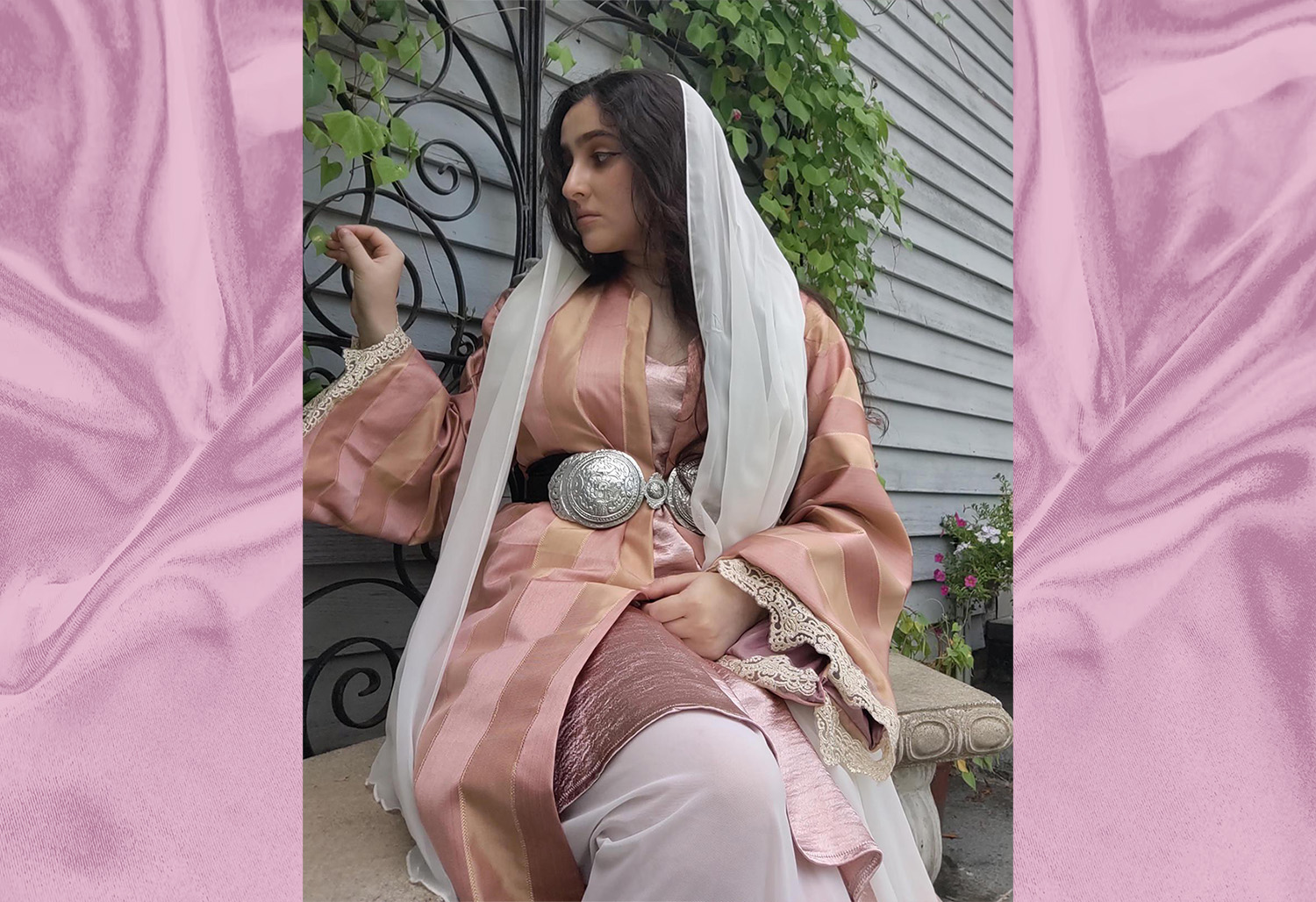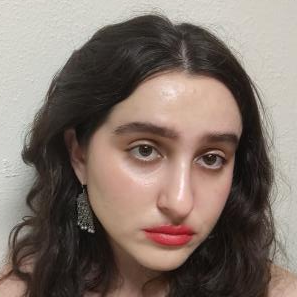Arabic. Ladino. Albanian. Greek. Bulgarian. Italian. Serbian. Persian.
These are a few languages spoken in Salonika, a thriving city in modern-day Greece that hosts a plethora of ethnic and religious groups. The Salonika of a little over a century ago is vastly different from the Salonika of today. Its many incarnations exist in the minds of Salonikans and their descendants like neural time capsules. Its landscape was ruptured by upheavals in the early twentieth century that resulted from the mechanics of aspirational statehood. The Balkan Wars; the collapse of the Ottoman Empire; World War I; World War II and the Holocaust; and the creation of the state of Israel; all compounded to fracture the natural, multirooted reality of Balkan and Anatolian life.
It was common during the Ottoman Empire for government officials to transfer ethnic and/or religious groups from one place to another in order to secure, dissolve, or repopulate certain borders. While this was a disruptive and painful process for those being moved, it also facilitated rapid cultural exchange between groups of people. It brought Persian, Kurdish, Arabic, and Turkish vocabulary to Balkan languages, and brought Balkan vocabulary to those languages. It also led to intermarriage and cultural diffusion.
Fashion, in particular, demonstrated how closely related different groups were. Looking through archives of Jewish women’s fashion from the Balkans, Anatolia, Greece, and nineteenth-century Jerusalem, I find clothing similar to the kinds my Muslim family, which comes from North Macedonia, wears today for special occasions. On a mannequin from the Israel Museum, I see a Salonikan woman’s outfit that exposes a lacy bust, similar to one on an underdress given to me by my nene (grandmother). In an image of a bride from Turkey, I see the heavy velvet and gold-embroidered motifs of my Balkan family’s wedding kaftans. An embellished hat known as a tarbush or fez reminds me of the kind we wear to special events. “We” has come to include a community of Jews and Christians who share so much with my Muslim family.
All the while, in Balkan, West Asian, and North African spaces mired in conflict and trauma, I see an endless quest to prove one’s cultural belonging, ownership, and authenticity. This quest is, of course, futile, as cultures are a composite of not only their own diverse communities, but of diffusion and exchange as well.
In my research, I was particularly taken by the elegance and simplicity of the entari, a long dress worn by women of all faiths and backgrounds in the Balkans and Anatolia during the nineteenth century. Many surviving examples demonstrate the influence of Western European fashion trends in the minds of various Ottoman women, especially dresses made in the early twentieth century. The silhouettes of the outfits, however, remain distinctly influenced by the aesthetics of the societies in which they were created.
Drawing from Sephardic-American scholar Devin Naar’s idea of “multirootedness,” which acknowledges that migration and movement are a part of life, I decided to create my own entari. I was inspired by the color palette of Salonikan dresses, incorporating mauve, gold, green, and blush pink, the belts commonly used by Albanian women in the Epirus corridor, near where my family is from, and the luxurious and feminine figures cut by entaris from Istanbul.
Our fashions have certainly changed since the nineteenth century, as have our understandings of the significance and symbolism behind them. Focusing on what we don’t know, rather than what we do, can impact whether or not we have the confidence to recreate or reinvent bygone fashions and reclaim our traditions. All things — motifs, fabric choices — can be infused with deep meaning. However, not every detail has an innate, secret meaning lost to time. Often, people created things just because they thought they were beautiful, in the specific times and contexts in which they lived and building on all that was around them.
Going into my learning, I underestimated how rapidly global fashion changed during the twentieth century due to globalization and new trade relationships. In Hebrew, the word for “fashion,” ofnah, comes from the word for “wheel,” ofen. Fashion provides a visual language for the most ever-present parts of our daily life. As the wheel turns, sometimes we forget these fashions and what they have to offer. When people suggest that nothing new happens in fashion, or that all fashion is recycled, they are partly right. But, to me, that is creativity: reinvention, new intention, and revival.
This article was originally published in the Jewish Women’s Archive blog. Read the original article here.

